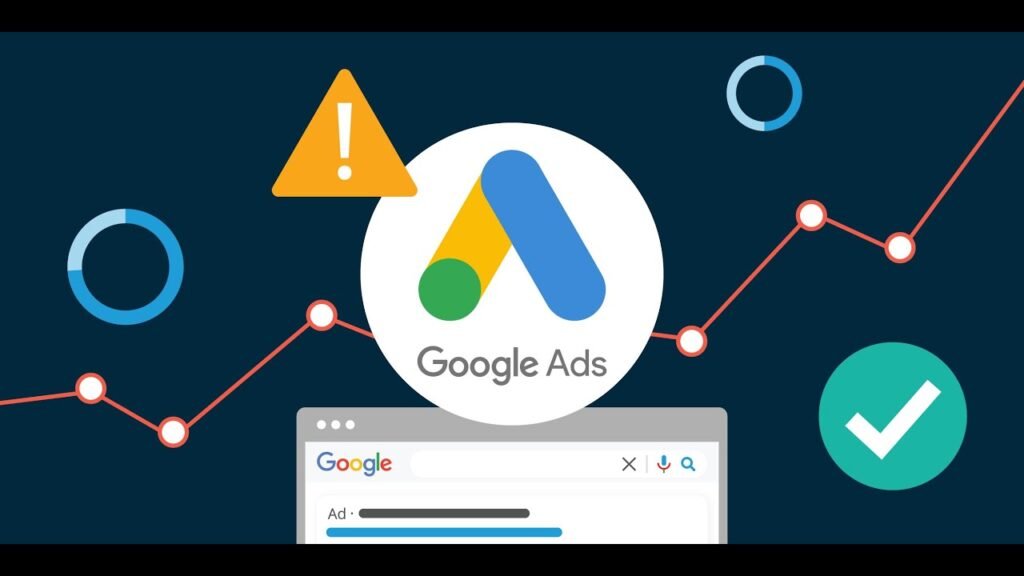If you’re running a website in 2025, Google AdSense is still one of the most straightforward ways to earn passive income. But with constant changes to Google’s policies and how ads are delivered, simply slapping ads on your site isn’t going to cut it anymore.
In this article, we’ll cover the latest updates from Google, practical steps to optimize your earnings, and real insights that separate successful publishers from those barely making anything.
What’s New with Google AdSense in 2025?
Google has made several updates recently that directly affect how Google AdSense works:
- AI-Powered Ad Placement: Google’s algorithm now uses behavior prediction to decide which ads appear where. It’s more personalized—but it also means bad site structure can kill your earnings.
- Mobile-First Optimization: AdSense now prioritizes mobile-first indexing more aggressively. If your mobile version is slow or cluttered, your ads might get less visibility.
- Stricter Content Compliance: Google has updated its policies around content quality, especially with AI-generated content. Pages that don’t provide unique, helpful information may be excluded from ad distribution altogether.
These updates mean it’s more important than ever to have a well-optimized site that serves real users—not just traffic.
Real Data: What’s Working in 2025?
A recent study by MonetizePros found that Google AdSense users who focus on clean design, helpful content, and strong user experience earn up to 2.4x more revenue per visitor.
One of the standout case studies comes from a tech blog that saw a 58% increase in earnings after removing excessive pop-ups, improving page speed, and using strategic ad placement guided by heatmaps.
In contrast, sites that chased high-traffic but low-engagement content saw a steady decline in Google AdSense income.
Practical Tips That Actually Work
Here’s what you should be doing in 2025 to maximize your Google AdSense earnings:
1. Focus on High-Intent Content
Create articles and pages that solve specific problems. Pages answering “how-to” or “best way to…” tend to perform best in Google AdSense. These users are more likely to interact with ads because they’re in a decision-making mindset.
2. Optimize for User Experience
A clean, responsive layout helps with ad visibility. Avoid using too many ad blocks—it slows the site down and affects user engagement.
Also, test different ad placements regularly. Use scroll tracking tools to understand where your readers drop off and position ads in areas with high attention.
3. Use Data to Make Decisions
Don’t guess—check your AdSense reports. See which pages and ad formats perform best. A/B testing ad sizes or layouts can lead to double-digit increases in revenue.
A good google ads consultant can also help you interpret this data and fine-tune your strategy.
Benefits You’ll Actually Notice
These aren’t just minor tweaks. Implementing the strategies above can lead to:
- More stable monthly income from your content
- Faster page loading, which boosts user retention and SEO
- Better engagement metrics, which Google now uses to determine ad quality scores
That’s not just theory. Site owners who focused on structured content and user-focused design consistently outperformed others—even with similar traffic levels.
The Role of Agencies and Experts
If you’re juggling multiple things and can’t spend hours digging into analytics, consider working with a google ads marketing agency or a google ads consultant. They bring in hands-on expertise, helping you make smarter choices faster.
You can also reach out to a google ads company or look for a google ads agency near me that offers support for publishers.
If you want someone to manage things day-to-day, a google ads manager or google ads specialist can optimize ad placements, improve click-through rates, and help with compliance.
Final Thoughts
Google AdSense is still a reliable income stream, but only if you approach it the right way. The era of “set it and forget it” is over. In 2025, you need to build your content for users first, keep up with policy changes, and regularly analyze your site’s performance.
